The Role of Sound Design in Enhancing Sports Games
6 December 2024
Let’s be honest for a second—how often do we actually stop to appreciate the sound in sports games? Sure, we all get hyped when we score that epic goal in FIFA or sink a buzzer-beater in NBA 2K, but most of us tend to focus on visuals or gameplay mechanics. Yet, there’s this unsung hero working behind the scenes that makes it all feel so real and immersive—sound design. Without it, sports games would feel hollow, like a sandwich without its filling. So, let’s dive in and talk about how sound design takes sports games to the next level.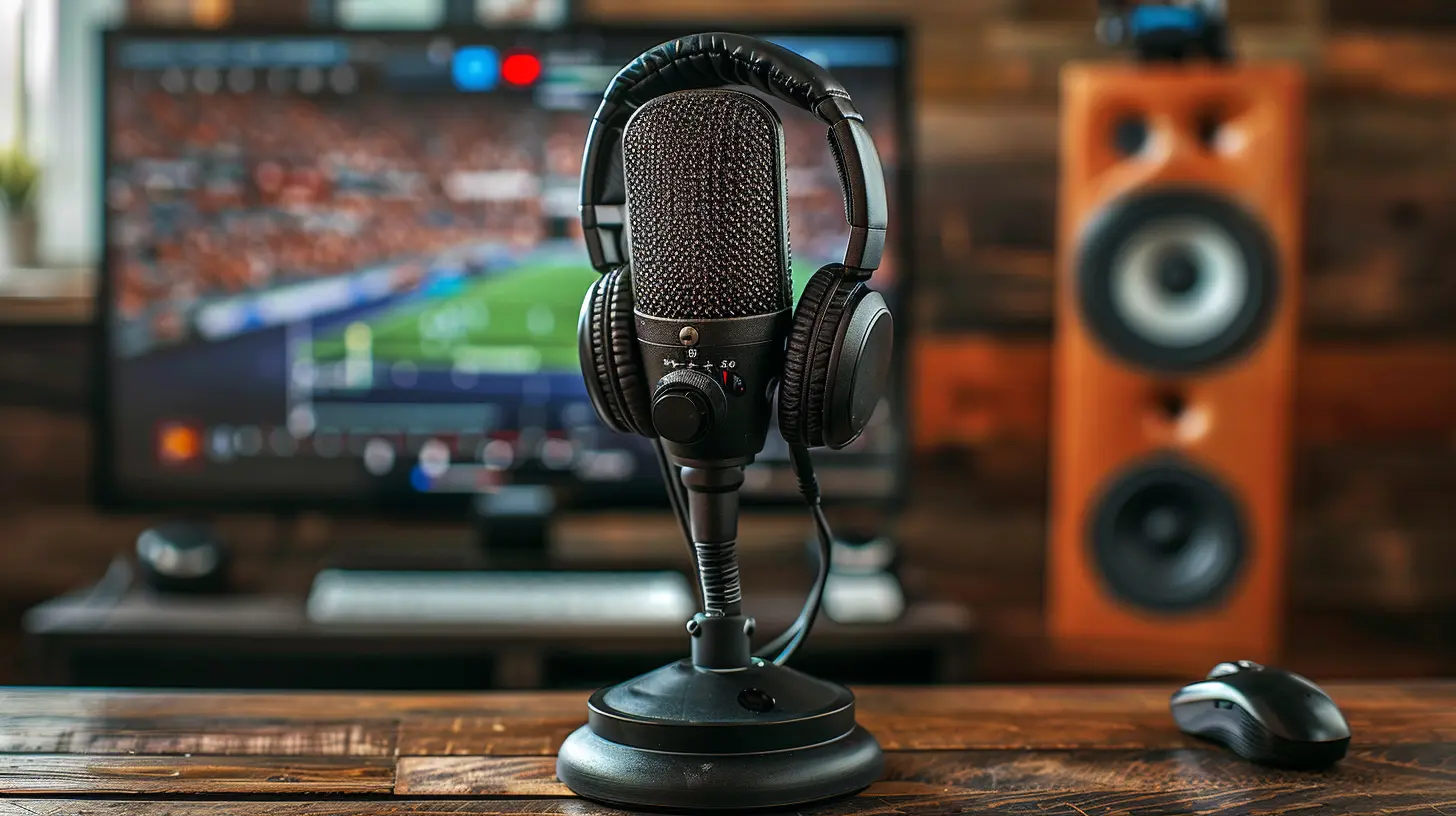
Why Sound Design Matters More Than You Think
Sound is one of those things that you don’t always notice when it’s done right, but the moment it’s off? Oh, you’ll notice. Imagine playing a high-energy soccer game where the crowd sounds like they’re half asleep or a basketball game without the rhythmic squeak of sneakers on hardwood floors. It would feel… wrong, wouldn’t it? That’s the magic of sound design—it bridges the gap between the digital world and reality.In sports games, sound doesn’t just complement the visuals; it amplifies the overall experience. Whether it’s the roar of a packed stadium, the grunt of a tennis player swinging a racket, or even the commentary from your favorite announcers, sound breathes life into the game. It tricks your brain into feeling like you’re right there in the middle of the action.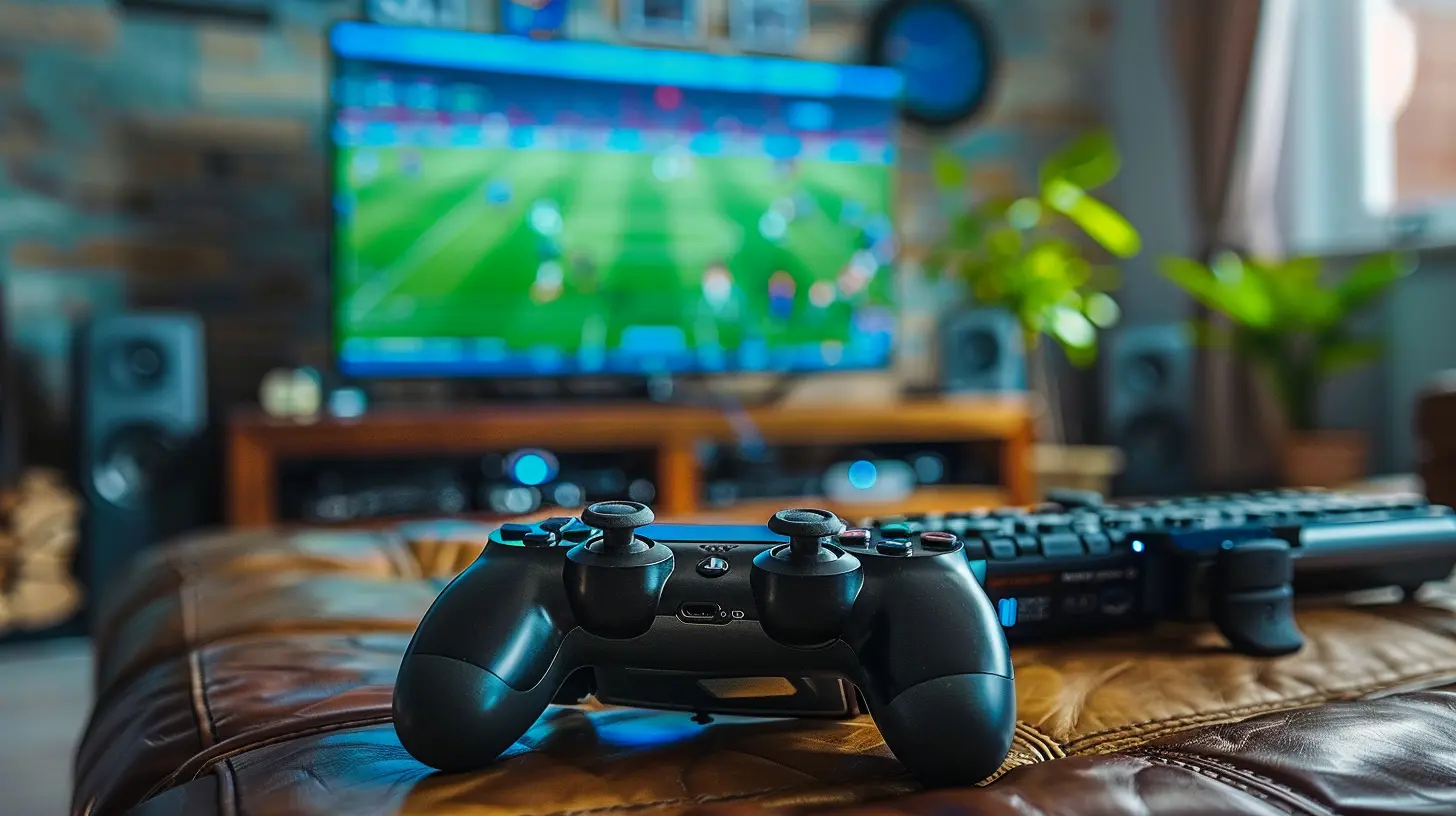
The Components of Great Sound Design in Sports Games
Let’s break it down, shall we? Sound design in sports games isn’t just about slapping a crowd cheer on loop and calling it a day. It’s a finely tuned orchestra of different audio elements working together harmoniously. Here are the key players:1. Environmental Ambience
Ever noticed how different stadiums sound depending on where you’re playing? A World Cup final doesn’t sound like a friendly match in your local park—and it shouldn’t. That’s thanks to environmental ambience. Developers use this to create a sense of place, layering effects like distant cheers, wind, or even the hum of stadium lights. It’s the background noise that makes the game world feel alive.2. Crowd Reactions
The crowd in a sports game is more than just glorified wallpaper. They’re dynamic, and their energy shifts based on what’s happening. Score a goal? Expect an uproar. Miss a penalty? Cue the groans. This responsiveness creates emotional highs and lows, making the game feel unpredictable and exciting. Some games, like Madden NFL, even go a step further by including chants or team-specific traditions. It’s all about adding authenticity.3. Player Sounds
Here’s one you might overlook—player sounds. The grunt of a tennis player, the thud of a ball hitting a goalie’s gloves, or the chatter between teammates on the field. These subtle details make the players feel like, well, actual people rather than digital puppets. It’s like seasoning in cooking; you don’t always notice it, but it makes all the difference.4. Commentary
Ah, the commentary—love it or hate it, it’s a staple of sports games. Sure, some lines can get repetitive (how many times have we heard "They’ll be disappointed with that pass!"), but a good commentary system adds context to the match. It helps you feel like you’re watching an actual broadcast. And let’s not forget those iconic voices that bring their unique flair to the table. Who hasn’t felt a little more pumped hearing Martin Tyler or Kevin Harlan call the action?5. On-the-Field Sounds
This is where the nitty-gritty comes in. The bounce of a basketball, the swish of a net, cleats digging into turf—these minute details ground the gameplay in reality. Developers often use real-world recordings to capture these sounds, ensuring they’re as authentic as possible.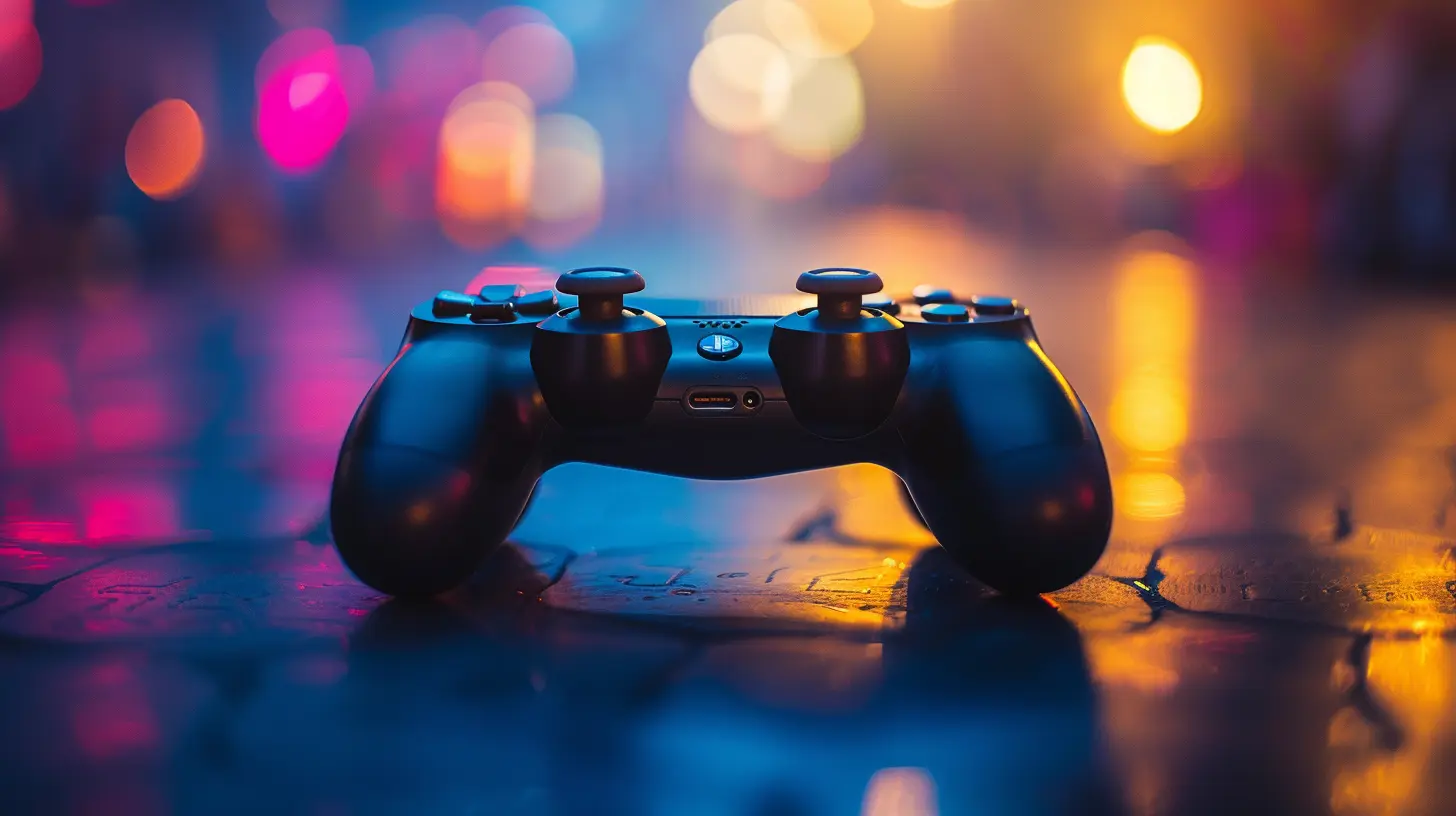
How Sound Design Impacts Gameplay Experience
Let’s get one thing straight: sound design isn’t just about making a game sound pretty. It directly affects how you experience and interact with the game. Don’t believe me? Here’s how:1. Immersion
Think about VR sports games for a second. What makes them feel so engrossing? It’s not just the visuals—it’s the sound. Well-designed audio pulls you into the game world, making everything feel more immediate and visceral. It’s the kind of thing that gives you goosebumps during a clutch play.2. Emotional Engagement
Ever felt your heartbeat spike when the crowd reached a fever pitch in the final moments of a match? That’s no accident. Sound cues are used to manipulate your emotions, heightening tension, excitement, or even frustration. Developers are basically playing mind games with you, and honestly? We love it.3. Feedback and Clarity
Sound isn’t just for atmosphere; it’s functional too. Take on-the-field sounds, for example. The thud of a ball hitting the post lets you know you were close to scoring, while the whistle of a referee warns you of a foul. It’s all part of creating a responsive, intuitive experience.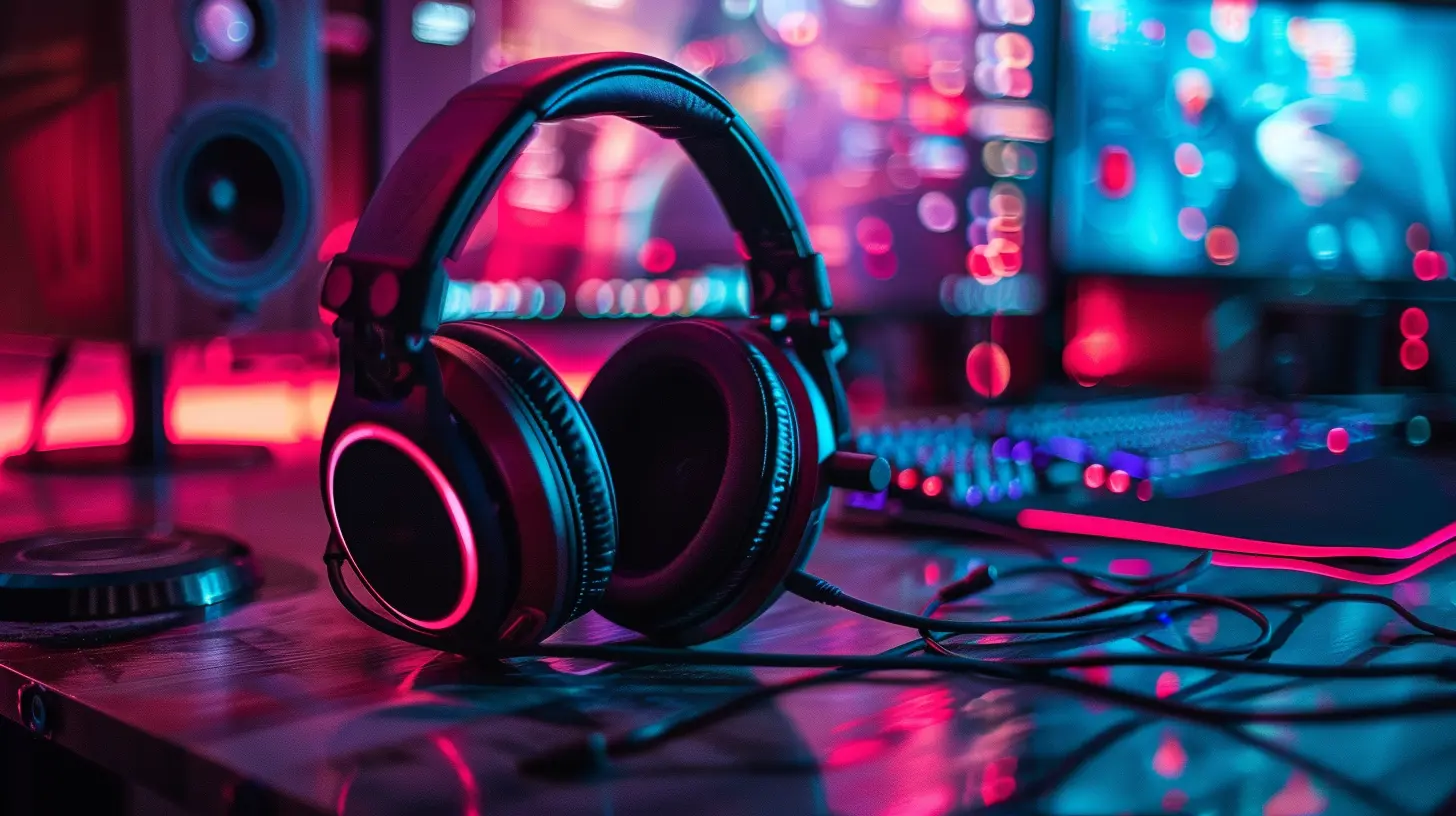
Challenges in Sports Game Sound Design
Of course, creating top-tier sound design in sports games isn’t a walk in the park. It’s a balancing act, and developers face some unique challenges.1. Repetition
Sports games are, by nature, repetitive. You’re often playing the same matches over and over, and if the audio doesn’t stay fresh, it can become grating. That’s why developers put so much effort into creating varied commentary lines and dynamic crowd reactions.2. Realism vs. Fun
Here’s a tricky one: How do you balance realism with entertainment? While hyper-authentic sounds are great, they can sometimes be too much. No one wants to hear an announcer drone on about stats for half the game, even if that’s what happens in real life.3. Hardware Limitations
Not everyone has a top-of-the-line sound system. Developers have to ensure that the audio works just as well on a standard TV as it does on surround sound or premium headphones. It’s a tough nut to crack.The Future of Sound Design in Sports Games
So, what’s next? The future looks loud and exciting. With advancements in technology like 3D audio and haptic feedback, sound design is becoming even more immersive. Games like FIFA and NBA 2K have started exploring adaptive audio, which changes based on how you’re playing. For instance, the crowd might boo louder if you’re losing or chant your name if you’re on a roll. Pretty cool, right?And let’s not forget about AI. Machine learning could revolutionize how crowd sounds and commentary are generated, making them feel even more organic and less repetitive.
Wrapping It Up
At the end of the day, sound design is the unsung MVP of sports games. It’s what makes the difference between a good game and a great one—between pressing buttons on a controller and feeling like you’re on the field or court yourself. So, next time you boot up your favorite sports game, take a moment to really listen. You might find a whole new level of appreciation for the art of sound.all images in this post were generated using AI tools
Category:
Sports GamesAuthor:

Leif Coleman
Discussion
rate this article
11 comments
Fay Cruz
Sound design in sports games? Oh honey, it’s not just background noise—it’s the heartbeat of the action! Without it, you're left with a glorified silent film. #GameOn
April 1, 2025 at 2:57 AM

Leif Coleman
Absolutely! Sound design truly elevates the gaming experience, immersing players in the energy and excitement of the action. It's essential for creating an authentic atmosphere. #GameOn
Zanthe McCallum
Sound design is the unsung hero of sports games, elevating immersion and emotional engagement. The right audio cues not only enhance realism but also deepen players' connections to the game, transforming each moment into a memorable experience.
February 10, 2025 at 5:31 AM

Leif Coleman
Thank you for highlighting the crucial role of sound design! It truly transforms gameplay by enhancing immersion and emotional connection, making each moment memorable for players.
Juliet Heath
Great insights on sound design! It truly elevates the immersive experience in sports gaming. Well done!
January 31, 2025 at 3:38 AM

Leif Coleman
Thank you! I'm glad you found the insights valuable. Sound design really does play a crucial role in creating an immersive experience in sports gaming.
Callie Lane
Great article! You’ve highlighted how sound design elevates the gaming experience, especially in sports titles. Perhaps exploring specific examples of games that excel in this area could further illustrate your points. It would be interesting to see how different soundscapes impact player immersion and engagement.
January 21, 2025 at 3:50 PM

Leif Coleman
Thank you for your feedback! I appreciate your suggestion and will consider including specific game examples in future discussions to highlight the impact of sound design on player immersion.
Harvey Oliver
Sound design is the heartbeat of sports games, creating immersive experiences that elevate gameplay. It not only enhances realism but also fuels our passion, bringing every moment to life!
January 13, 2025 at 3:35 PM

Leif Coleman
Absolutely! Sound design truly enriches the gaming experience, adding depth and excitement that resonate with players, making every match feel alive. Thank you for highlighting its importance!
Mae Blair
Sound design truly elevates the gaming experience, immersing players in emotions that deepen their connection to sports.
January 9, 2025 at 6:11 AM

Leif Coleman
Absolutely! Sound design is crucial in creating an immersive atmosphere, allowing players to feel the intensity and emotions of the game. It truly enhances the overall experience.
Viva McGowan
Sound design plays a crucial role in sports games, enhancing immersion and realism. From the roar of the crowd to the crunch of tackles, audio elements significantly impact player experience. Effective soundscapes not only elevate gameplay but also foster emotional connections, making each moment feel authentic and engaging.
January 3, 2025 at 5:05 AM

Leif Coleman
Thank you for your insightful comment! I completely agree—sound design is vital in creating an immersive and emotionally engaging experience in sports games.
Gabrielle Schultz
Sound design in sports games? Honey, it’s the secret sauce that turns a dull match into a nail-biting thrill ride! From the crack of a bat to the roar of the crowd, it’s not just background noise—it’s the heartbeat of the game. Don't sleep on this essential element!
December 27, 2024 at 4:01 PM

Leif Coleman
Absolutely! Sound design truly elevates the gaming experience, creating an immersive atmosphere that captures the excitement and intensity of sports. It’s an integral part of what makes these games thrilling!
Will McCracken
Ah, sound design in sports games—because who doesn’t need to hear a digital referee yell ‘Foul!’ over their couch-dwelling friends? Let’s be honest, the real MVP is that satisfying ‘boom’ when you score. Keep those sounds coming; they’re the only exercise most of us get!
December 19, 2024 at 3:49 PM

Leif Coleman
Absolutely! The immersive sound design not only enhances the gaming experience but also adds that thrilling element, making every score feel exhilarating. It’s all part of creating the perfect atmosphere!
Gisela Rogers
Absolutely loved this article! Sound design is often overlooked, yet it's crucial in creating immersive sports games. The right soundscapes elevate the experience, making every game feel more alive and engaging. Keep pushing the boundaries of creativity; it truly enhances the joy of gaming! 🎮🎶
December 11, 2024 at 6:06 PM

Leif Coleman
Thank you for your kind words! I'm glad you appreciated the article. Sound design truly plays a vital role in enriching the gaming experience! 🎧✨
Maura Barker
Sound design truly elevates the immersive gaming experience!
December 6, 2024 at 5:48 AM

Leif Coleman
Absolutely! Sound design is pivotal in creating an engaging and immersive atmosphere that brings sports games to life.
MORE POSTS

Classic Adventure Games That Shaped the Genre

Understanding Tilt: Psychological Tricks to Stay Focused in Competitive Play

War Games You Should Play If You Love Tactical Challenges

Open World Games with Incredibly Detailed Terrain to Get Lost In

The Impact of Pop Culture on Game Collectability

The Biggest Snubs in Game Awards History

Step-by-Step Guide to All Puzzles in Life is Strange
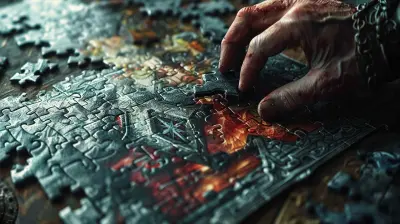
Puzzle Games with the Best Soundtracks to Keep You Engaged